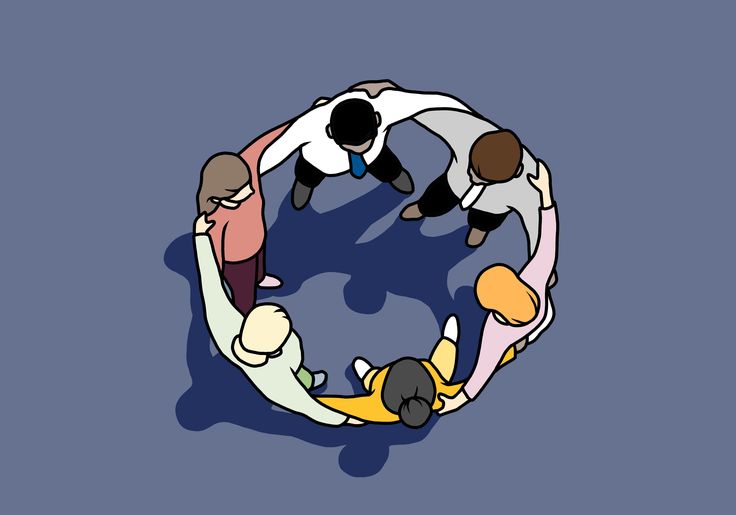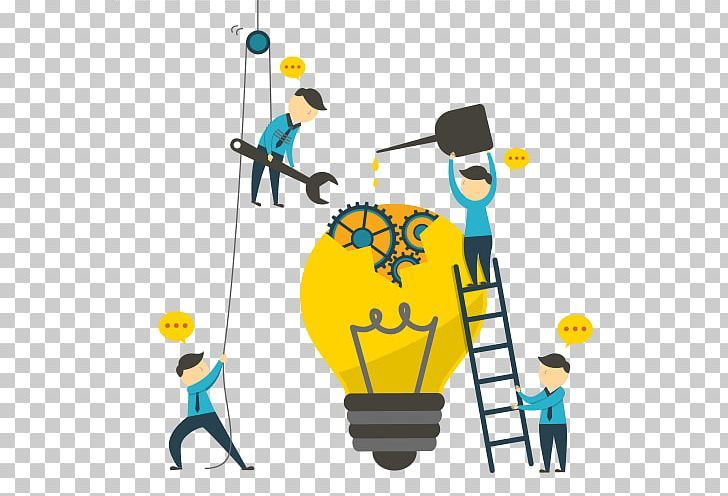Connection hints are crucial for anyone looking to solve complex puzzles, make strategic decisions, or uncover hidden relationships in various fields. Whether in word games, puzzles, or problem-solving tasks, connection hints provide critical insights that help link disparate pieces of information. These hints are designed to guide individuals toward a solution by helping them identify patterns, categories, and relationships that might not be immediately obvious.
What Are Connection Hints?
Connection hints are clues or pieces of guidance that help you link different elements together. These can be used in a variety of contexts, from puzzles and games to real-world problem-solving scenarios. In word puzzles like NYT Connections or logic games, these hints guide players toward recognizing patterns among a set of seemingly unrelated words. In a business context, connection hints can help identify relationships between data points, trends, or customer behaviors, allowing for better decision-making.
The primary goal of connection hints is to reduce ambiguity and guide you toward the most efficient path to a solution. By focusing on the relationships between various elements, you can make informed decisions, whether it’s solving a puzzle, completing a project, or understanding a complex scenario.
How Do Connection Hints Work?
Connection hints work by providing subtle suggestions or clues that highlight key relationships between items. For example, in a puzzle game like NYT Connections, hints help players identify words that belong together, whether by category (e.g., animals, colors, cities) or other associations (e.g., synonyms, antonyms, or common themes). In data analysis, connection hints help identify correlations or trends, allowing decision-makers to recognize how different variables are connected.
Here’s how they function in different contexts:
- In Word Games and Puzzles: Hints suggest potential groupings or categories for words that appear together. They help players understand how words share common themes, allowing them to make the right connections faster.
- In Data Analysis: Connection hints help uncover correlations or relationships between variables, facilitating better data interpretation. For example, a hint might indicate that higher sales are associated with specific customer demographics or times of year.
- In Problem-Solving: Whether in strategy games or real-world issues, connection hints can guide you to make logical connections that may not be immediately clear. By thinking in terms of connections, you can find efficient solutions to complex problems.
Benefits of Using Connection Hints
Utilizing connection hints brings several advantages, especially when dealing with challenging tasks or unfamiliar territory:
- Speed and Efficiency: Hints help reduce the time spent on figuring out patterns or relationships. By pointing out potential connections, you can solve puzzles or problems much faster.
- Improved Accuracy: By guiding you toward the correct relationships, connection hints can increase the accuracy of your conclusions, whether in a game, a research project, or a business decision.
- Enhanced Learning: Connection hints provide an opportunity to learn new things, whether that’s expanding your vocabulary in a word game, improving your understanding of data in business, or gaining new insights into a problem-solving process.
- Less Frustration: When you get stuck on a particularly difficult task, connection hints offer a way out, preventing frustration and helping you move forward. This is especially true in time-sensitive situations, like completing a puzzle or making quick decisions in business.
Types of Connection Hints
Connection hints come in various forms, depending on the task or puzzle. Here are the most common types:
- Categorical Hints: These hints suggest that a set of items can be grouped based on a specific category. For example, in a puzzle game, a hint might indicate that all the words relate to animals or colors, allowing you to group them accordingly.
- Synonym and Antonym Hints: These hints point out that certain words share a common meaning (synonyms) or are opposites (antonyms), helping players or decision-makers identify relationships between words or concepts.
- Functional Hints: These focus on how different elements serve similar purposes or functions. For example, in problem-solving, a hint might indicate that certain variables impact each other in a similar way, helping to streamline the decision-making process.
- Clustering Hints: These hints suggest that certain elements can be grouped together due to shared characteristics, such as size, color, or purpose. In business, for instance, clustering hints could suggest that certain customers share buying behaviors, allowing marketers to target them more effectively.
How to Use Connection Hints Effectively
To maximize the value of connection hints, it’s essential to use them wisely and strategically. Here are some best practices:
- Don’t Rely Too Much on Hints: While hints are useful, overusing them can hinder your problem-solving ability. Use hints to guide you, but try to solve the task independently as much as possible to strengthen your skills.
- Analyze the Hint’s Context: When a hint is provided, carefully consider the context in which it applies. In puzzles, it could refer to specific word patterns, while in data analysis, it might point to a correlation that requires further investigation.
- Use Multiple Hints: Don’t hesitate to combine different hints when solving a complex problem. For example, in a word game, categorical hints combined with synonym hints may allow you to quickly identify the correct groupings.
- Learn from the Hints: Whether you’re playing a puzzle game or analyzing data, try to understand why the hint is helpful. This will improve your ability to spot connections without external guidance in future tasks.
Latest Developments in Connection Hints
As technology evolves, so do the tools for providing and utilizing connection hints. In the world of word games and puzzles, many platforms now use machine learning to provide more intelligent, context-sensitive hints. These algorithms are able to analyze your previous moves or decisions to offer hints that are more tailored to your unique solving style, increasing both accuracy and speed.
In the business and data analytics world, AI and big data technologies are enhancing the ability to discover connections. With the use of advanced data-mining techniques, businesses can now get real-time insights into customer behaviors, market trends, and potential correlations that were previously hard to uncover.
Conclusion
Connection hints are valuable tools for anyone working with puzzles, data, or complex problem-solving tasks. Whether you’re playing a game, analyzing data, or making strategic decisions, these hints can help you identify patterns, relationships, and trends that may not be immediately obvious. By understanding and using connection hints effectively, you can improve your problem-solving speed, accuracy, and overall decision-making.
Remember, while hints can accelerate progress, it’s important to balance their use with independent thinking and learning. As technology continues to evolve, so too will the sophistication of the connection hints available to us, making it easier to tackle even the most challenging tasks.

Leave a Reply